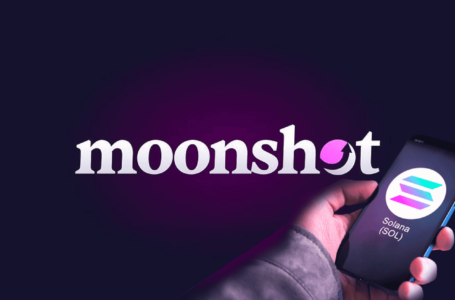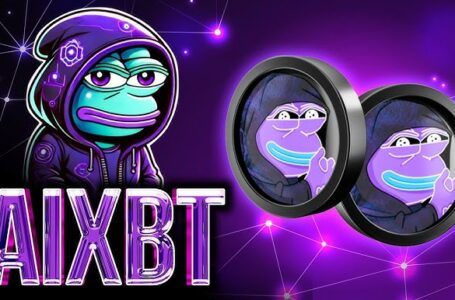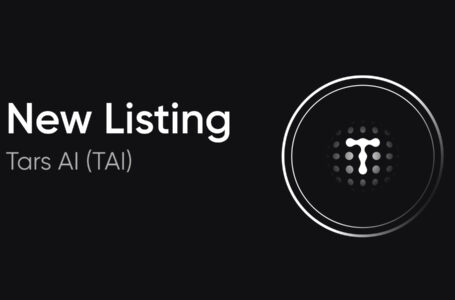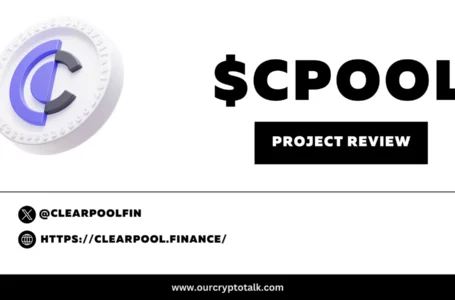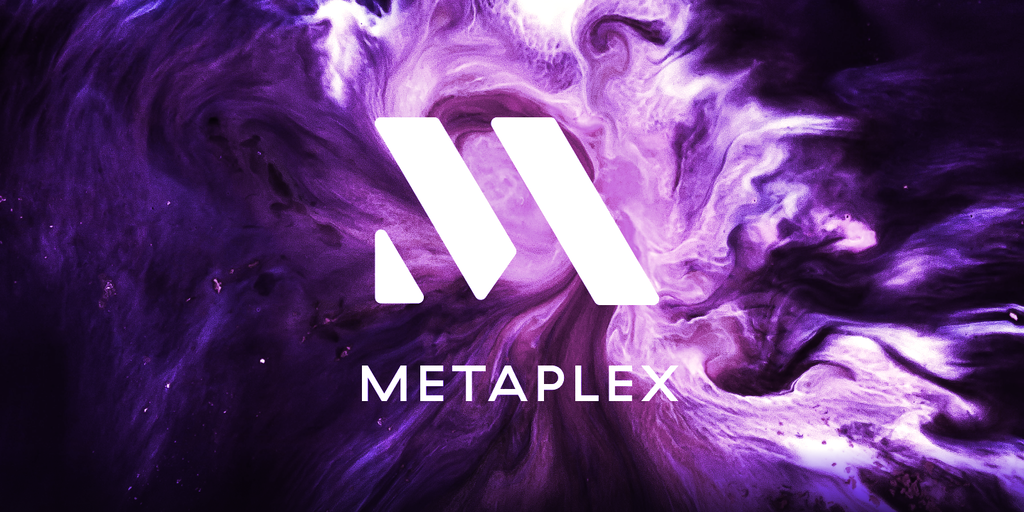
Metaplex is a contract network built on Solana and the fastest and most accessible NFT ecosystem for markets, games, arts and collectibles. The ecosystem has four contracts: Token Metadata, Token Vault, Auction, and Metaplex. Metaplex allows artists and creators to launch self-hosted NFT storefronts as easily as they create a website. Ultra-fast NFTs with incredibly low mint rates. Read on to learn more about the Metaplex project and if it’s worth it.
What is Metaplex
Metaplex is the fastest and most accessible NFT ecosystem for markets, games, arts and collectibles. The Metaplex protocol provided standards and tools that many projects use. By using Metaplex Standard, you own your NFT storefront, without additional fees and without intermediaries. As such, Metaplex allows you to create NFTs in a decentralized way. Also, there are many big names supporting the project, including the great Michael Jordan.
Basically, Metaplex is a collection of tools and smart contracts designed to ease the process of creating and releasing NFTs. This is currently offered through two main projects: Metaplex Storefront and The Candy Machine v2. The former is a generalizable NFT sell pattern and the latter is an NFT minting tool.
The main projects are:
- Token Metadata – The NFT Standard for Solana
- The Candy Machine v2 – a Profile Picture (PFP) focused tool that works like the bubblegum candy machines of old
- Auction House – a decentralized sales protocol for NFT markets
How does Metaplex work?
Metaplex unlocks a completely new way of interacting with NFTs in Solana and consequently has been the de facto NFT tool in Solana. Through Metaplex, users can mint NFTs, host auctions for primary/secondary sales and view NFTs in a standard way.
Metaplex smart contracts
The Metaplex ecosystem is a collection of four separate contracts, which communicate through the Metaplex contract to provide Solana developers with the tools they need to create NFTs.
- Token Metadata – Referred to as a “mint decorator”, this agreement allows NFT creators to attach a Metadata PDA (Program Derived Address) to their mint. This associated PDA contains the fundamental information of the NFT collection, such as name, symbol, royalty rate and sale status.
- Token Vault – As the name suggests, the Token Vault contract can hold NFTs deposited from any mint and allows for fractional ownership of the vault and its NFTs. There are two states for the vault: Activated and Combined. When in “Enabled” status, any NFT in the vault is locked and inaccessible. The vault owner can now issue and sell shares of the treasury in the vault, thus creating fractional ownership of any NFTs in the vault. The vault can transition to “Combined” only when there are no outstanding fractional shares outstanding, i.e. the vault owner has all shares. To retrieve the NFTs in the vault, the vault owner must buy back all the fractional shares on the market, from which he can “combine” the vault.
- Auction – The Auction contract acts as the auction engine in Metaplex and facilitates NFT auctions in English Auction and Open Edition Auction formats. As a simple buy and sell program, Auction operates without any knowledge of NFTs or other features in the Metaplex ecosystem. This separation greatly reduces points of failure and increases the flexibility of the Auctions program.
- Metaplex – The Metaplex contract provides AuctionManagers, which manages the three main contracts listed above. AuctionManager keeps track of all token metadata and its corresponding auctions and allows smooth transition of account data between Token Metadata, Token Vault and Auction contracts.
Metaplex tools and resources
Metaplex Storefront
Metaplex Storefront is the complete NFT marketplace for creating and selling NFTs through Metaplex contracts. Unlike Solana NFT’s centralized marketplaces like Magic Eden, anyone can build and self-host Storefront as a white label solution or they can use existing branded Storefronts. This unique self-hosting feature of Metaplex’s Storefront feature allows users to fully enjoy the benefit of decentralization on Solana as they can create their own NFT marketplaces.
Candy Machine (CM)
Candy Machine (CM) is a generative on-chain NFT distribution program designed to optimize NFT experiences for buyers, sellers, and creators. Candy Machine V2 is the second iteration with improved and added features. Prior to CM, there was no universal program to manage the minting and sales of NFTs in Solana.
This led to numerous errors and bad experiences for NFT creators and collectors, which inspired the Metaplex development team to create the Candy Machine. Candy Machine solves the fundamental problems in NFT distribution that facilitate user interactions with NFTs:
- Set accurate minting time periods
- Accept buyer funds only when NFTs can be minted
- Help programs create consistent NFTs by applying metadata types
Candy Machine v2 added more features:
- Unpredictable Mint Index – Prevent buyers from capturing specific NFTs within a collection since v1 minted sequentially
- Whitelist – allows only certain addresses to be minted
- Captcha – prevents bots from creating
In addition, v2 now supports larger collections, hide and reveal, allows web3 developers to update their settings at any time, and pause releases in progress. As Candy Machine is a fully on-chain NFT mint program, all interactions must occur programmatically, although there are UIs that automate some features, users need to have basic programming experience to fully utilize Candy Machine. To get started with CM v2, see the official Metaplex documentation.
Gumdrop
Gumdrop is a new beta tool for low gas cost Solana airdrops. Developed by the Metaplex community, Gumdrop reaches a large number of users by sending them an off-chain redemption link, such as through social media. It provides an easy solution for distribution projects of Tokens integrated into Metaplex at an inexpensive cost.
Unlike the traditional airdrop framework where tokens appear in a user’s Solana wallet, Gumdrop uses a “pull-based” paradigm where users have to actively claim or lose their tokens. Gumdrop uses a merkle tree to check if a user is whitelisted, which allows for quick calculation in the chain.
Gumdrop supports several types of token drops in Solana:
AuctionHouse
AuctionHouse is an on-chain bondless NFT sale program that allows breeders and minters to auction and sell NFTs without any hassle. AuctionHouse is a separate concept from the self-hosted and front-end Storefront website — it’s an on-chain program that accepts SOL and any SPL tokens. By using AuctionHouse, developers can bypass complexity and errors when writing their own NFT vending programs. Any Solana NFT marketplace can implement the AuctionHouse protocol to benefit from its features, such as automatic buyer-seller matching for NFT listings.
Unlike other common auction processes where buyers need to “claim” NFTs, the sell transaction performs all necessary interactions automatically. In other words, AuctionHouse reduces all unnecessary steps to intuitive actions for end users, while providing a standardized program for developers.
AuctionHouse has a variety of parameters that can be configured. For example, a seller can create a partial sell order for a Solana NFT collection with a custom rate and cash destination, and also require the auction house to sign all transactions. AuctionHouse can also accept some or all SPL tokens. AuctionHouse also maintains the history of all NFT transaction receipts (eg listing, bids and sales).
Sugar
Sugar is a command-line alternative to Candy Machine v2, with better performance and simplified steps for developers. It provides an iterative process for Solana NFT developers to deploy Candy Machine v2 without too much complexity and hassle in the original command line interface (CLI). Sugar offers several benefits when using the CM v2 CLI, as noted in its documentation:
- Improved performance for uploading media/metadata files
- Simplified construction and installation procedures taking advantage of the load
- Robust error handling and input validation
- More informative error messages
Hydra wallet
Hydra is a wallet wallet that allows distribution of funds to extremely large pools of membership addresses. It is also known as “Fanout Wallet” because it resembles a fanout of wallets from the main wallet. Hydra allows for interesting features like tokenized royalties (i.e. distribution of royalties received to members) and token pooling (i.e. easy staking rewards).
A Hydra wallet has three phases in its lifecycle:
- Creation Phase – In the Creation phase, you, the creator (known as the Authority), can create a Hydra wallet. There are several customization angles, such as the membership model, name, accepted tokens (SOL or any SPL token), and total membership shares. Because of its complex operations and requirements, creating a Hydra wallet will cost hundreds of SOL.
- Membership Addition Phase – In the adding members phase, you can add an account as a member to the Hydra wallet. You can add a regular wallet (user), an NFT and tokens, which involves a more sophisticated approach to calculating fund shares.
- Distribution Phase – In the Distribution phase, the Hydra wallet is called several times to distribute the membership fund to each member, according to their quotas. Each distribution call must include the receiving Member, and the Hydra Wallet expects multiple calls over its lifetime. This one-call-per-member design allows the wallet to maintain low processing and memory cost when dealing with a large set of members.
Amman
Amman is a toolkit for testing Solana SDK libraries and applications by running a local validator. The toolkit was developed by the Metaplex Foundation to enhance the developer experience for projects involving high frequency updates and testing. Despite the low gas rate, deploying a complex Solana program on the main grid can be cost prohibitive. Therefore, for rapid deployment and testing of SDK libraries and applications, developers can use Solana devnet, testnet, or a local validator. Because testnet/devnet requires constant airdrops and repetitive deployment and wait processes, a local validator is preferable for fast, WiFi-free deployments and testing.
Also, running a local validator guarantees 100% uptime during testing, while testnet/devnet can go offline in the process. Amman CLI includes the relay, validator interface and mock storage server which together act as a validator. The Amman Client includes asserts, address labeling, transaction interface, and a client for the relay, all of which should be used in tests and the browser to connect with the local validator.
Metaboss: Metaplex “Swiss Army Tool”
Introduced as the Metaplex “Swiss Army Tool”, Metaboss provides many functions around Metaplex for developers to easily build into the ecosystem. As Metaplex is a new and rapidly evolving system, developers implement their own functions to interact with Metaplex. Metaboss helps in the process by delivering consistent and standardized functions to the ecosystem.
Some of the features that Metaboss offers are:
- Decode the Metadata of a Mint Token Account
- Create new NFTs from a JSON file
- Get a snapshot of current NFT holders for a given candy machine ID or update authority
- Get a list of all candy machine status and configuration accounts for a given update authority
- Update all metadata data structure fields for an NFT
MPLX Token
To further advance the platform, the Metaplex Foundation has issued the Metaplex Token (MPLX) as a decentralized governance method for future projects and strategic decisions. MPLX holders can vote for the Metaplex DAO to participate directly in determining the future direction of the protocol. The cryptocurrency has a maximum supply of 1,000,000,000 MPLX tokens and an outstanding supply of 14,000,000 MPLX coins at an issue price of $0.35.
Bottom Line
Metaplex is the world’s largest NFT ecosystem and powered by the open source Metaplex Protocol, one of the fastest growing authoring platforms of all time. In just one year since inception, over $1 billion in primary revenue and $3 billion in secondary sales have been generated for artists and creators using Metaplex technology. PortalCripto hopes that the article has brought the necessary information about the Metaplex project.


